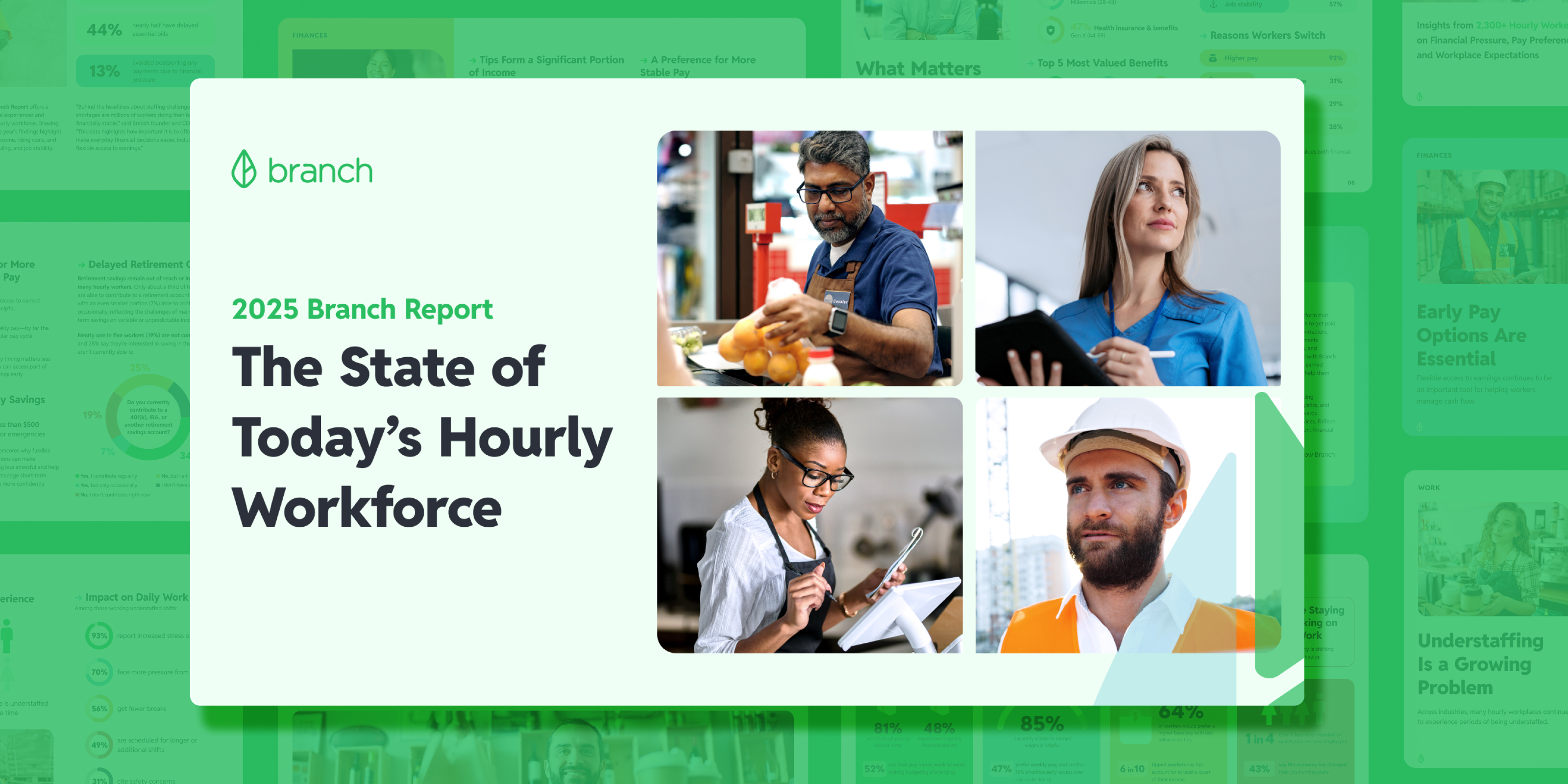
How a New Generation of Restaurant Leaders Will Redefine the Industry
The hospitality space is one of the most challenging industries to start—and maintain—a successful business. We've all seen the headlines that speak to the ongoing labor shortage and the myriad of challenges managers and owners are facing right now. Luckily, there's a new generation prepared to step up to the challenge.
While the restaurant industry has seen significant changes in the past decade that have been unexpected and unpredictable, the changes that come next can be purposeful and strategic. From harnessing the innovative technological advancements at their fingertips to utilizing customer feedback as a catylst for growth, the restaurant leaders of tomorrow are embracing these key strategies to reinvent the industry.
Embracing technology
The infusion of technology into all aspects of the restaurant industry is undeniable. At quick-service establishments, 64% of customers want the option to place digital orders when they walk through the door. An additional 57% of restaurant patrons prefer to order takeout via an app, rather than making a phone call or chatting with a host in-person. But it's not just customer touchpoints that are turning tech; from state-of-the-art kitchen equipment that enhances efficiency to advanced point-of-sale systems that streamline operations, the new generation of leaders understands the importance of embracing innovation at every step of the process
Moreover, the use of data analytics is helping restaurants better understand customer preferences, optimize menu offerings, and make data-driven decisions for improved profitability. Jenny Williams, VP of Marketing at Moe’s Southwest Grill and one of QSR’s young leaders to watch, oversaw the relaunch of Moe’s website and app, which has nearly 4 million users that account for more than 20% of the restaurant’s sales.
Technology is also being used to improve the employee experience. Forward-thinking restaurant managers have added digital payments through companies like Branch, which allows for instant cashless payments of tips, wages, and even mileage reimbursements. These digital payouts are helping managers to create operational efficiencies, reducing security risks such as carrying large amounts of cash between establishments, and keeping morale high for workers who can now get paid right after each shift.
Emphasizing sustainability and transparency
A surge in cooking shows and the emergence of celebrity chefs have elevated diners' expectations and culinary awareness. Customers are now more inclined to inquire about the sourcing and preparation of their meals, seeking increased transparency and authenticity. They place a premium on locally sourced, high-quality ingredients, and they value restaurants that prioritize sustainability and ethical food practices. According to a survey from International Food Information Council (IFIC), 73% of Gen-Z respondents were more concerned about the environmental sustainability of their food choices than older generations.

This heightened food education has not only empowered consumers to make more informed choices but has also challenged the restaurant industry to continually innovate and meet the evolving demands of discerning diners. The new generation of restaurant leaders are embracing curiosity from customers by highlighting the farms and places where their ingredients are sourced, and by embracing dining needs with menus that easily identify vegetarian, vegan, and dairy-free options.
Natural, clean ingredients are a priority for Southern California fast casual chain Greenleaf Kitchen & Cocktails. “Our ethos has always been Fresh. Local. Healthy. We strive to provide the highest quality, fresh ingredients for our restaurants and our bars,” explained CEO and Commander-in-Leaf Jon Rollo in an interview with Chilled Magazine. “Our philosophy of using locally sourced, clean and natural ingredients carries into our bar program. We use fresh fruit and vegetables whenever we can.”
Enhancing customer feedback mechanisms
The next generation of restaurant leaders are implementing sophisticated tools, such as AI-driven surveys and real-time sentiment analysis, to collect and analyze customer feedback. These mechanisms allow restaurants to gather actionable insights into everything from menu choices and service quality to ambiance and overall satisfaction. By harnessing the power of data, restaurants can make informed decisions, refine their offerings, and address issues in real-time, ultimately delivering more tailored dining experiences and smooth out any negative experiences before they get online. This customer-centric approach also allows restaurants to easily engage with customers who had a positive experience, including offering a promotional code for their next dining experience and requesting a review online.
Some leaders have even taken direct customer feedback to launch new concepts. One of IHOP’s youngest franchisees at the age of 27, Adenah Bayoh shared with Restaurant Business how she used to get some very specific requests from guests at her IHOP locations.
“My restaurants are typically in underserved, marginalized communities, and my demographic was very different,” Bayoh said. “So I was getting requests like, ‘Can I have grits and cheese? Can I have liver and gravy?’”
Since she couldn’t serve these dishes at her IHOP locations, she met client demand by launching fast-casual soul-food concept Cornbread Farm to Soul with co-founder Elzadie Smith. This rapidly growing chain has already opened three locations, with the hopes of creating franchise opportunities to help employees move into ownership and reach other young, aspiring leaders.
Rethinking ways to get in front of customers
Restaurant owners are getting creative with how they can get their food to more consumers. Sweetgreen, for example, now has more than 500 outposts in hospitals, office buildings, and residential spaces, giving potential customers opportunities to place a convenient and customized order that can be picked up within their building. As a result, Sweetgreen has discovered that brand loyalty and sales can both be boosted without customers needing to physically step through their doors.
Similarly, several brands are experimenting with food vending machines in airports and other high-trafficked areas that introduce new groups of consumers to their meals. As restaurant owners continue to experiment with new ways to build a following, expect to see additional creative ways of discovering food outside of restaurants.
Looking towards the future with optimism & creativity
In order to stay competitive, the next generation of restaurant leaders will need to assess what strategies are worth keeping from the industry’s past and what needs to be re-evaluated or up-leveled. In particular, restaurant owners and managers should be deliberate about embracing technology, improving transparency for diners, and thinking about creative ways to drive sales beyond restaurant doors.
Continue reading
Unlock a Happier, More Productive Workforce







